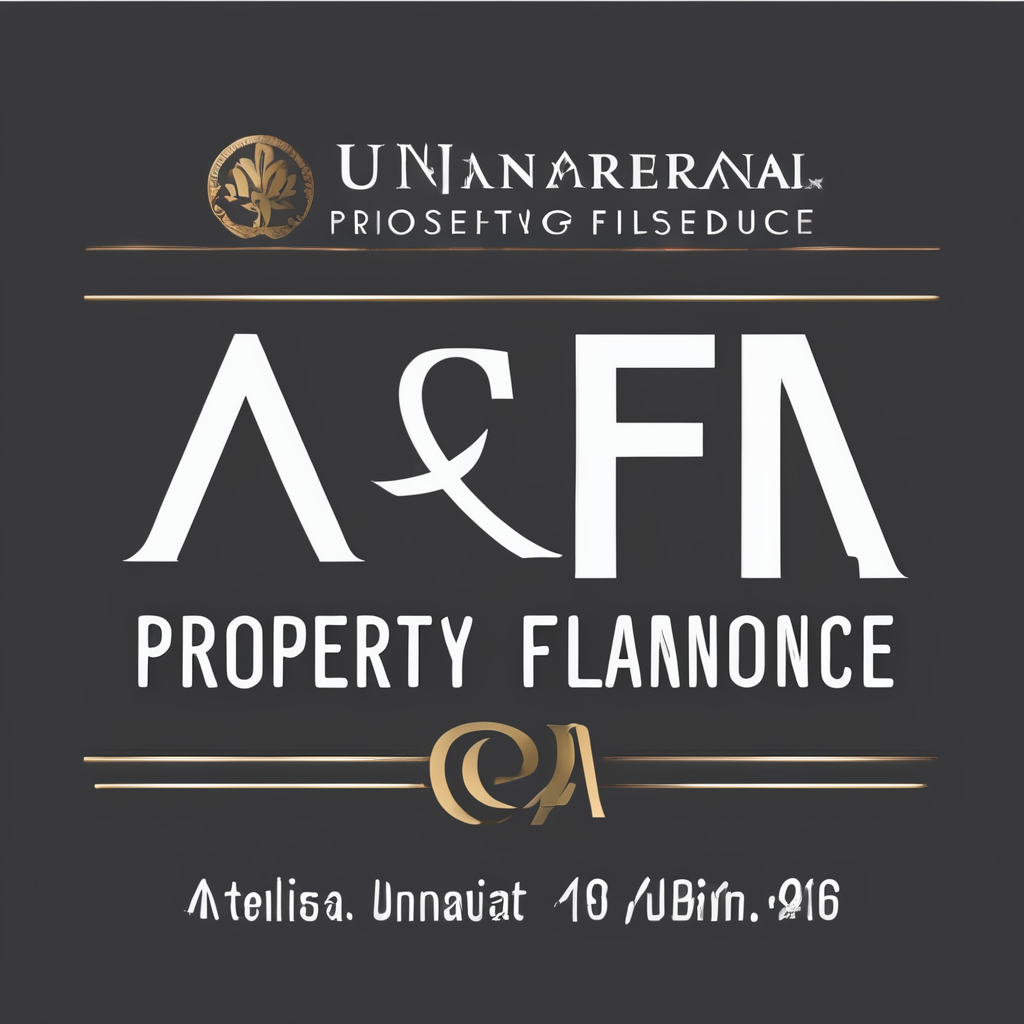With the ever-increasing emphasis on building safety, property developers in the UK face significant changes in the way they design, construct, and manage residential buildings. In recent years, the British government has introduced stringent regulations following a series of tragic incidents. The aim is to mitigate the risk of fire and other safety concerns in higher residential buildings.
In this article, we’ll explore the implications of these building safety regulations on property developers, focusing on key areas such as fire safety, remediation work, and cladding regulations. We’ll also delve into the government’s new building safety remediation scheme and consider how leaseholders are affected by these changes.
A voir aussi : What are the specific considerations for UK homeowners looking to convert basements into livable spaces?
Fire Safety Regulations
Fire safety regulations are a critical aspect of the UK’s building safety rules. Changes in these regulations have had significant implications on property developers, most notably since the tragic Grenfell Tower fire in 2017.
New regulations stipulate that property developers must incorporate comprehensive fire safety measures into their building designs. These include fire-resistant materials, effective evacuation routes, and appropriate alarm systems. This shift necessitates careful planning and potentially higher construction costs, as non-compliance can result in severe penalties.
Cela peut vous intéresser : How to navigate the UK’s planning permissions for altering listed properties?
The government has also increased its scrutiny of construction sites. Regular inspections are now mandatory to ensure adherence to fire safety regulations. These inspections focus on all aspects of the construction process, including the materials used, the structural integrity of the building, and the effectiveness of the fire safety measures in place.
Remediation Work Regulations
The UK government’s regulations on remediation work have also been tightened, with significant implications for property developers. These new rules require developers to rectify any safety defects identified in residential buildings over six storeys or 18 meters high.
Consequently, property developers now bear the responsibility for the cost of carrying out remediation work. This can significantly impact their bottom line, particularly in cases where safety issues were not detected during the initial construction phase.
It’s important to note that developers may also be required to carry out remediation work on buildings that were constructed to meet the standards in place at the time of their construction. This means that properties built before the introduction of the new safety regulations are not exempt from compliance.
Cladding Regulations
The issue of cladding has been a hot topic in the UK construction industry, particularly in the wake of the Grenfell Tower disaster where combustible cladding played a significant role. The government has since introduced stricter regulations on the use of cladding in higher residential buildings.
These new regulations have had a significant impact on property developers. They are now required to use non-combustible cladding materials in the construction of all new residential buildings over 18 meters high. This rule applies irrespective of the building’s usage, be it for residential or commercial purposes.
The cost of non-combustible cladding materials is typically higher than their combustible counterparts. Therefore, property developers must factor this into their budgets when planning new construction projects.
Building Safety Remediation Scheme
The British government introduced the Building Safety Remediation Scheme to help cover the cost of removing unsafe cladding from residential buildings. This scheme has significant implications for property developers.
The scheme covers buildings over 18 meters high, and the fund is available to both developers and leaseholders. Property developers can apply for funding for remediation work, thereby reducing the financial burden of ensuring compliance with the new safety regulations.
However, this scheme also comes with conditions. Property developers must demonstrate that they have explored all other avenues for funding before they can access the scheme. This includes seeking contributions from other responsible parties, such as the original builders or warranty providers.
Impact on Leaseholders
Finally, it’s crucial to consider how the new building safety regulations affect leaseholders. Under the new guidelines, property developers have a duty to ensure the safety of all residents. This responsibility extends to leaseholders, who may bear the cost of remediation work if developers fail to meet their obligations.
However, the government’s remediation fund can help shield leaseholders from these costs. Property developers must, therefore, work closely with leaseholders to navigate the process and access the available funding.
In summary, the UK’s building safety regulations have brought about significant changes in the construction industry, with substantial implications for property developers. Not only do they face potentially higher construction and remediation costs, but they also bear the responsibility for ensuring the safety of their buildings and their occupants. These regulations have made safety a central element of property development, influencing every aspect of the construction process from planning to completion.
Golden Thread of Building Safety
The concept of a golden thread in building safety has been introduced as a part of the UK’s building safety regulations. This term refers to a digital record that captures, stores, and allows easy access to key information about every step of the building’s lifecycle – from the initial design and construction phase to the occupation and maintenance.
The property developers have a pivotal role in maintaining the golden thread of information in high-rise residential buildings. They are required to compile and update this digital record continually. It will provide visibility and transparency about the building’s safety information to the occupants, building owners, accountable person, and the new building safety regulator.
The golden thread will involve information about the design of the building, including the materials used, fire safety measures implemented, and any changes made during the construction process. It will also include details of any remediation work carried out to rectify safety defects.
The implementation of this golden thread is intended to foster a culture of accountability in the real estate sector. Property developers may face increased administrative work and costs in maintaining this digital record. However, it will also provide a clear evidence trail, which can protect developers from potential legal issues related to safety risks in the future.
Leaseholder Protections and Responsibilities of Landlord
The UK’s building safety regulations have also introduced stringent protections for leaseholders in high-rise residential buildings. A new requirement is the landlord’s certificate, a document showing that the building has been assessed by a competent person and meets the regulatory requirements for building safety.
Developers and building owners are now required to engage with leaseholders and residents regularly about safety issues. This includes providing clear, accessible information about building safety, fire safety instructions, and any significant works affecting the building.
Under these regulations, the landlord or the accountable person of a building is obligated to bear the cost of any remediation work needed to address fire and structural safety risks. They cannot pass these costs onto leaseholders. However, developers are advised to familiarize themselves with these protections and to structure their agreements accordingly to avoid later disputes.
Conclusion
The implications of the UK’s building safety regulations on property developers are far-reaching, touching every aspect of their operations. From increased costs due to stringent fire safety and cladding regulations, the need for extensive remediation work, maintaining a golden thread of building safety information, and protecting leaseholders’ rights, developers are faced with an entirely new landscape.
While these changes may pose challenges, they also provide opportunities. Developers who adapt quickly and effectively can distinguish themselves in a crowded market. Furthermore, these regulations ultimately drive toward a safer, more responsible residential property sector, proving beneficial to all stakeholders.
As the landscape of building regulations continues to shift, developers must stay abreast of these changes to ensure compliance. By doing so, they will not only reduce the risk inherent in high-rise buildings but will also build trust and confidence amongst leaseholders and the wider public.






